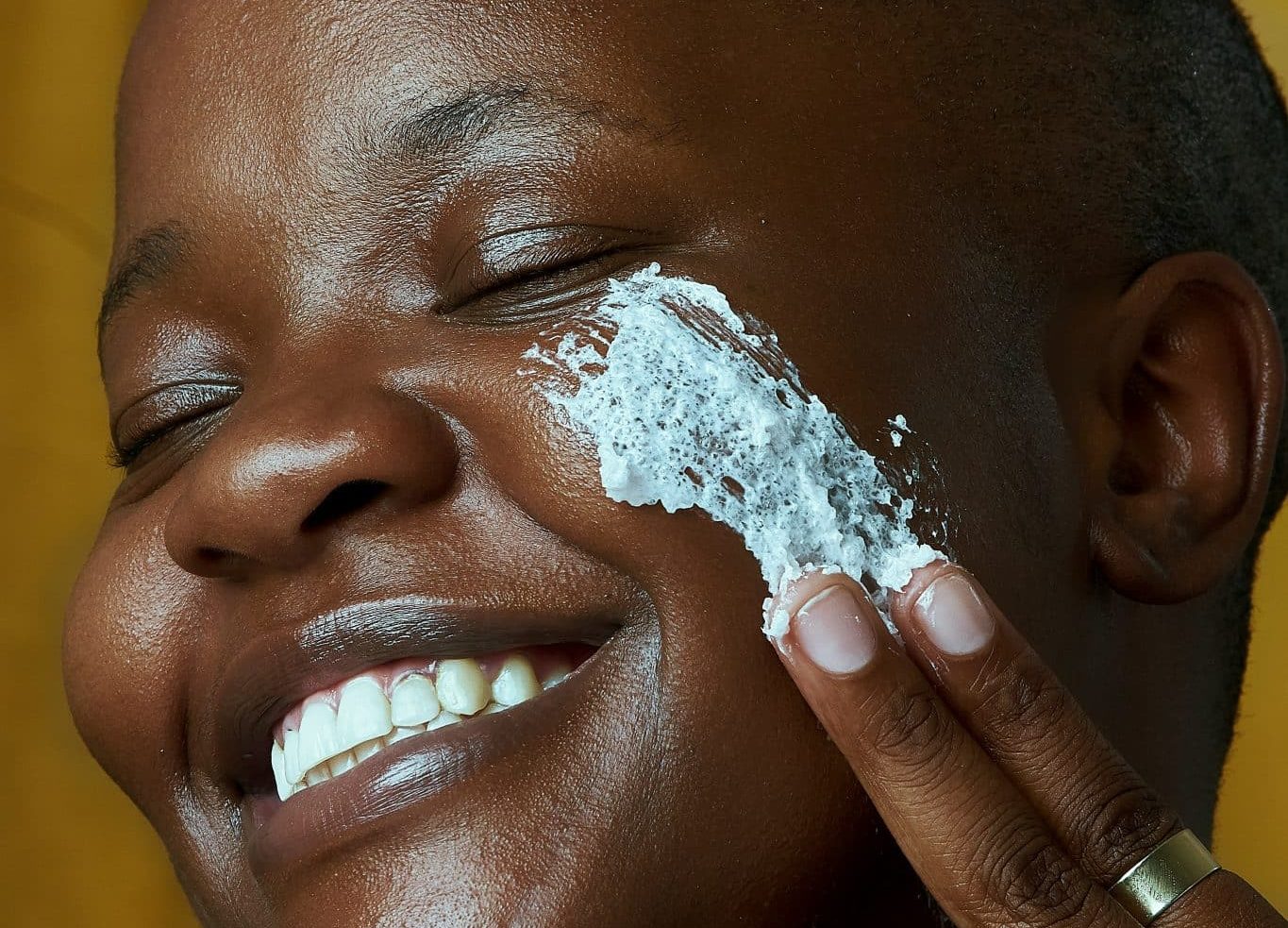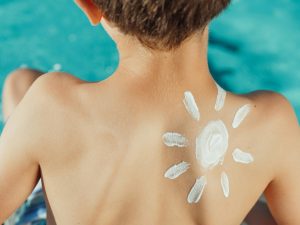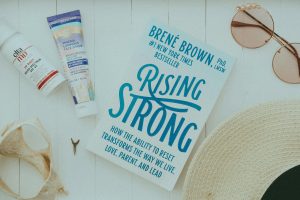New York summers are no joke—between rooftop brunches, long walks through SoHo, and weekend escapes to Montauk, SPF becomes less of a suggestion and more of a non-negotiable. If you’ve been rethinking your daily routine, mineral sunscreen is the skincare upgrade that belongs in your beauty cabinet. It’s clean, effective, and gentle on both your skin and the environment.
This article includes:
- best mineral sunscreen
- chemical vs mineral sunscreen
- tinted mineral sunscreen
- mineral sunscreen no white cast
- zinc oxide
This guide on mineral sunscreen is similar to Clean Sunscreens for Summer.
Let’s get to it!
What Is Mineral Sunscreen?
Mineral sunscreen, also called physical sunscreen, uses naturally derived active ingredients—most commonly zinc oxide and titanium dioxide—to form a physical barrier on the skin’s surface. Unlike chemical sunscreens, which absorb UV rays and convert them into heat, mineral sunscreens deflect UV radiation away from your skin like microscopic mirrors.
This means mineral sunscreen starts working the moment you apply it. It’s especially well-suited for sensitive skin types, as it’s less likely to trigger irritation or allergic reactions.
Check out What is Mineral Sunscreen? Benefits and How It Works.
The Active Ingredients: Zinc Oxide and Titanium Dioxide
Both zinc oxide and titanium dioxide are naturally occurring minerals.
-
Zinc oxide provides broad-spectrum protection against both UVA and UVB rays and is often the gentler option, making it ideal for delicate or breakout-prone skin.
-
Titanium dioxide, on the other hand, has less coverage against UVA rays and tends to be lighter and less greasy—making it perfect for daily facial use, especially under makeup.
Together, they offer a powerhouse of sun protection that’s soothing, non-comedogenic, and increasingly formulated to be nearly invisible on the skin.
Learn more about Titanium dioxide and zinc oxide nanoparticles in sunscreens: focus on their safety and effectiveness.
The Science Behind SPF and Mineral Sunscreens
SPF, or Sun Protection Factor, indicates how well a sunscreen protects against UVB rays, which cause sunburn. But a broad-spectrum sunscreen—like many mineral varieties—will also block UVA rays, the ones responsible for premature aging and skin cancer.
Mineral sunscreens sit on the surface of the skin and provide an immediate physical barrier. This also means they’re less likely to clog pores and safer for dry skin, sensitive skin, or skin recovering from cosmetic treatments. Many now include skin-enhancing ingredients like hyaluronic acid, vitamin E, or soothing botanicals to nourish while they protect.
Learn more about Sun Protection Factor (SPF).
Why Choose Mineral Over Chemical Sunscreen?
The ongoing debate of chemical vs mineral sunscreen centers around two key issues: skin health and environmental impact.
Chemical sunscreens typically include synthetic UV filters such as oxybenzone, avobenzone, octinoxate, homosalate, and octisalate. These ingredients absorb UV rays into the skin, but they come with concerns.
-
Homosalate, a UVB filter, has been found to disrupt hormone function in laboratory studies and accumulate in the body over time.
-
Octisalate and octocrylene have also been flagged for potential endocrine disruption and environmental toxicity.
-
Oxybenzone and octinoxate are especially problematic—not only have they been linked to coral bleaching, but they also persist in the water supply and can harm aquatic life even at low concentrations.
These chemical filters are often combined with stabilizers and fragrances that can further irritate the skin, particularly for those with sensitivities or autoimmune conditions. And while they may go on clear, their long-term impact on both our bodies and the ecosystem is still being understood.
If you’re someone who prioritizes clean beauty, sustainability, and long-term wellness, mineral sunscreen offers peace of mind without compromising protection.
Check out Mineral or chemical sunscreen: Which should you choose?.
Why Does Mineral Sunscreen Leave a White Cast?
Best Mineral Sunscreens With No White Cast
If you’ve tried mineral sunscreens in the past and felt ghostly, you’re not alone. While even the most advanced formulations may leave some degree of cast—especially in certain lighting or on deeper skin tones—many newer options have been thoughtfully developed to minimize this effect without compromising protection. Here are a few favorites that go on smoother, blend more easily, and work beautifully across a range of complexions:
-
EltaMD UV Clear Tinted Broad-Spectrum SPF 46 – Formulated with niacinamide and zinc oxide, ideal for acne-prone or rosacea-prone skin.
-
Supergoop! Mineral Mattescreen SPF 40 – Offers a blurring, matte finish with no chalky residue.
-
Tower 28 SunnyDays Tinted SPF 30 – A tinted mineral sunscreen that doubles as a light foundation. Clean, dewy, and reef-safe.
-
Dr. Jart+ Every Sun Day Mineral Sunscreen – A Korean mineral sunscreen that blends seamlessly and wears well under makeup.
-
Cocokind Daily SPF – A lightweight face sunscreen featuring zinc oxide and hyaluronic acid for hydration.
Look for labels that mention mineral sunscreen no white cast or include descriptors like “sheer,” “invisible,” or “tinted” to help guide your search.
Check out These Are The Only Mineral Sunscreens That Don’t Make Me Look Like A Ghost for more recommendations.
Final Thoughts on Mineral Sunscreen
In a city where every detail of your routine counts—from what’s in your smoothie to what’s on your skin—mineral sunscreen delivers on both wellness and performance. It’s clean, thoughtful protection that honors your skin and the planet. Whether you’re rushing to a pilates class in Tribeca or lounging at Rockaway Beach, wearing a mineral SPF is the kindest thing you can do for your future self.
Next, check out Non-Toxic Summer Makeup Products for a Clean, Radiant Glow.






